Top Places to Visit in Berlin Germany
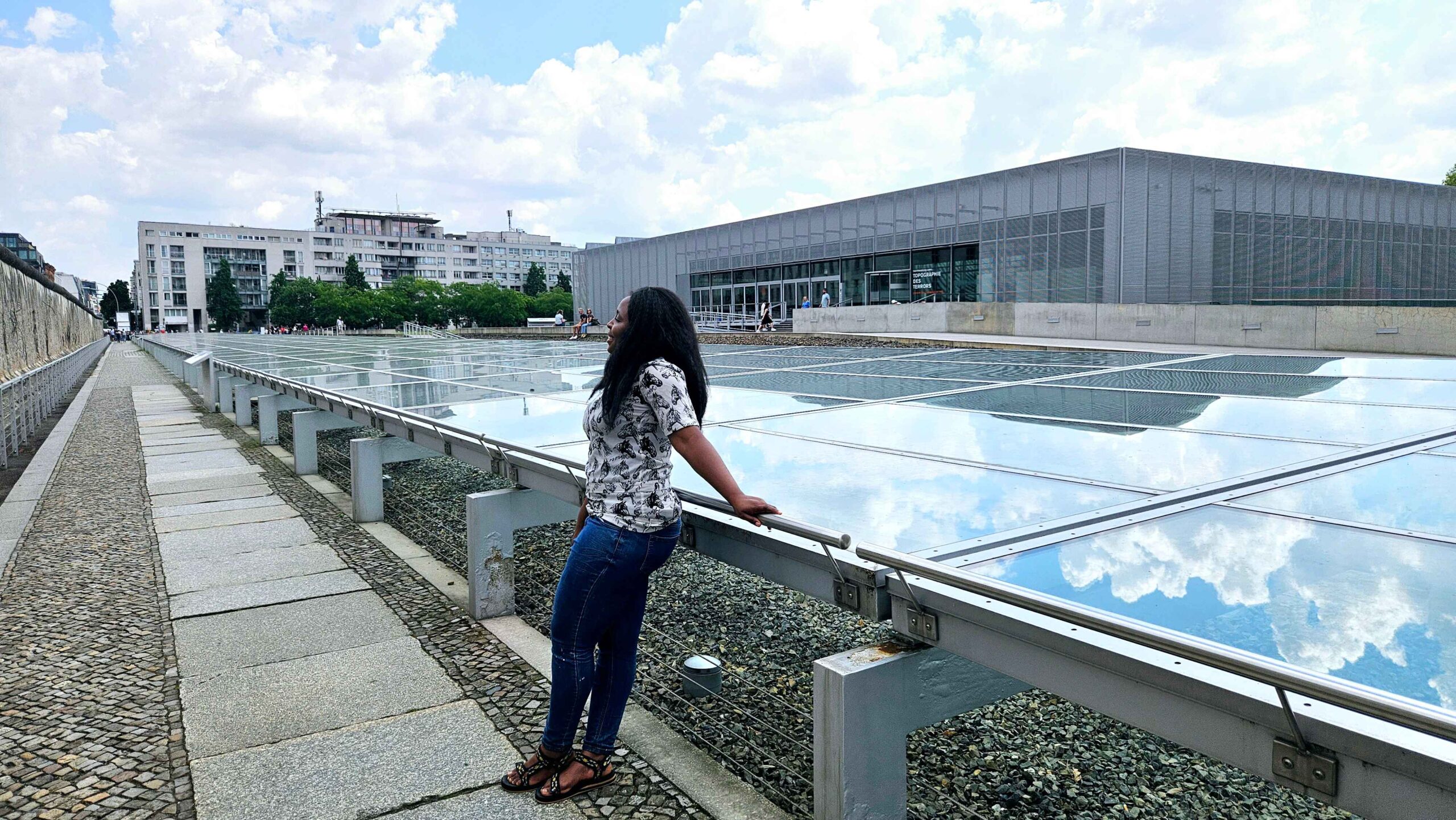
I took a trip to Berlin, the capital of Germany. I enjoyed my visit and will share the top places to visit when in Berlin. You are about to see and learn new things about Germany that you might not know. Get ready to experience Berlin.
Berlin TV Tower
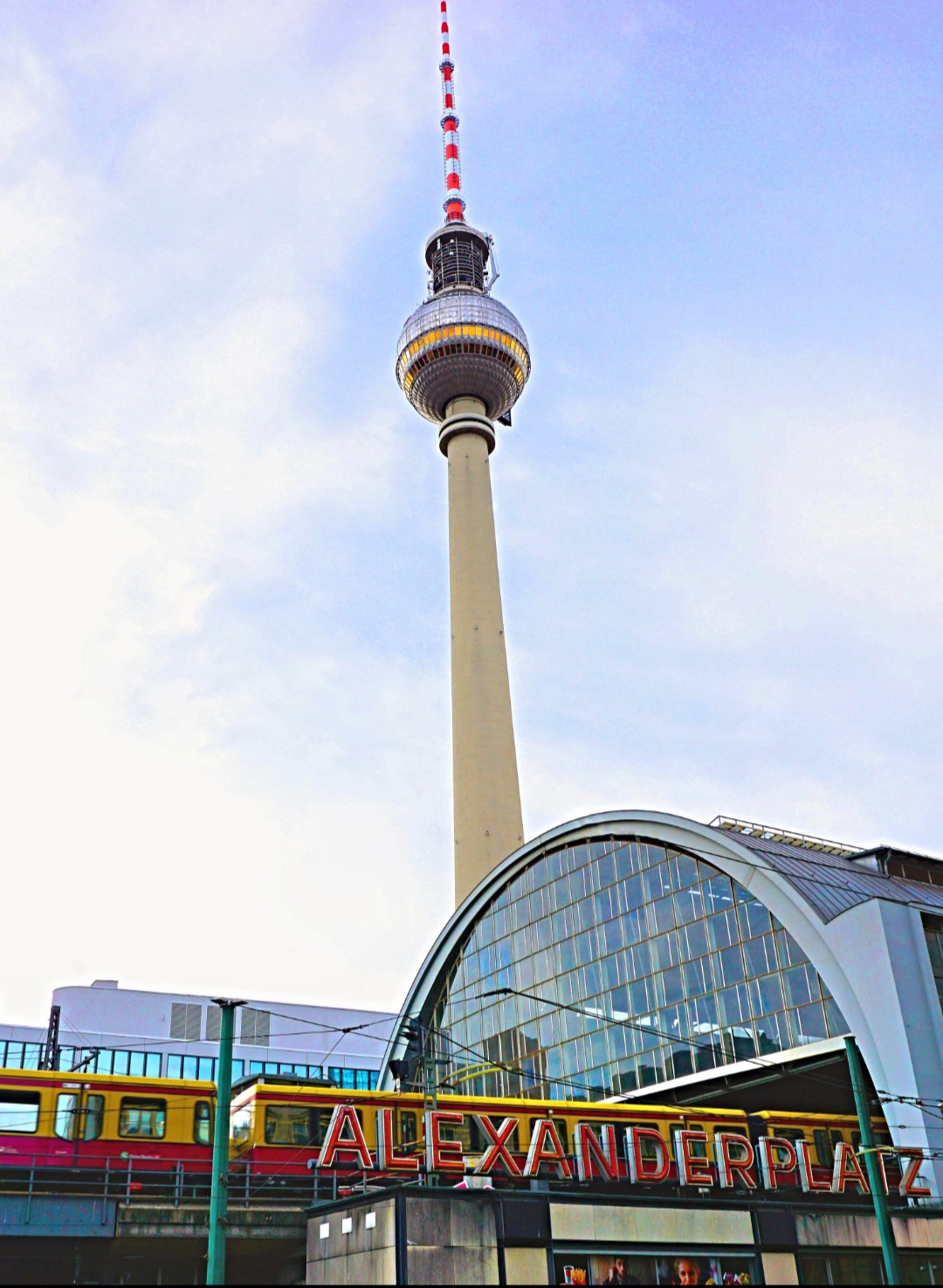
The Berlin TV Tower is interesting and can be seen from almost anywhere in Berlin. It is the tallest structure in Germany and was built in the 1960s. The observation deck offers sweeping panoramic views of the city.
Checkpoint Charlie
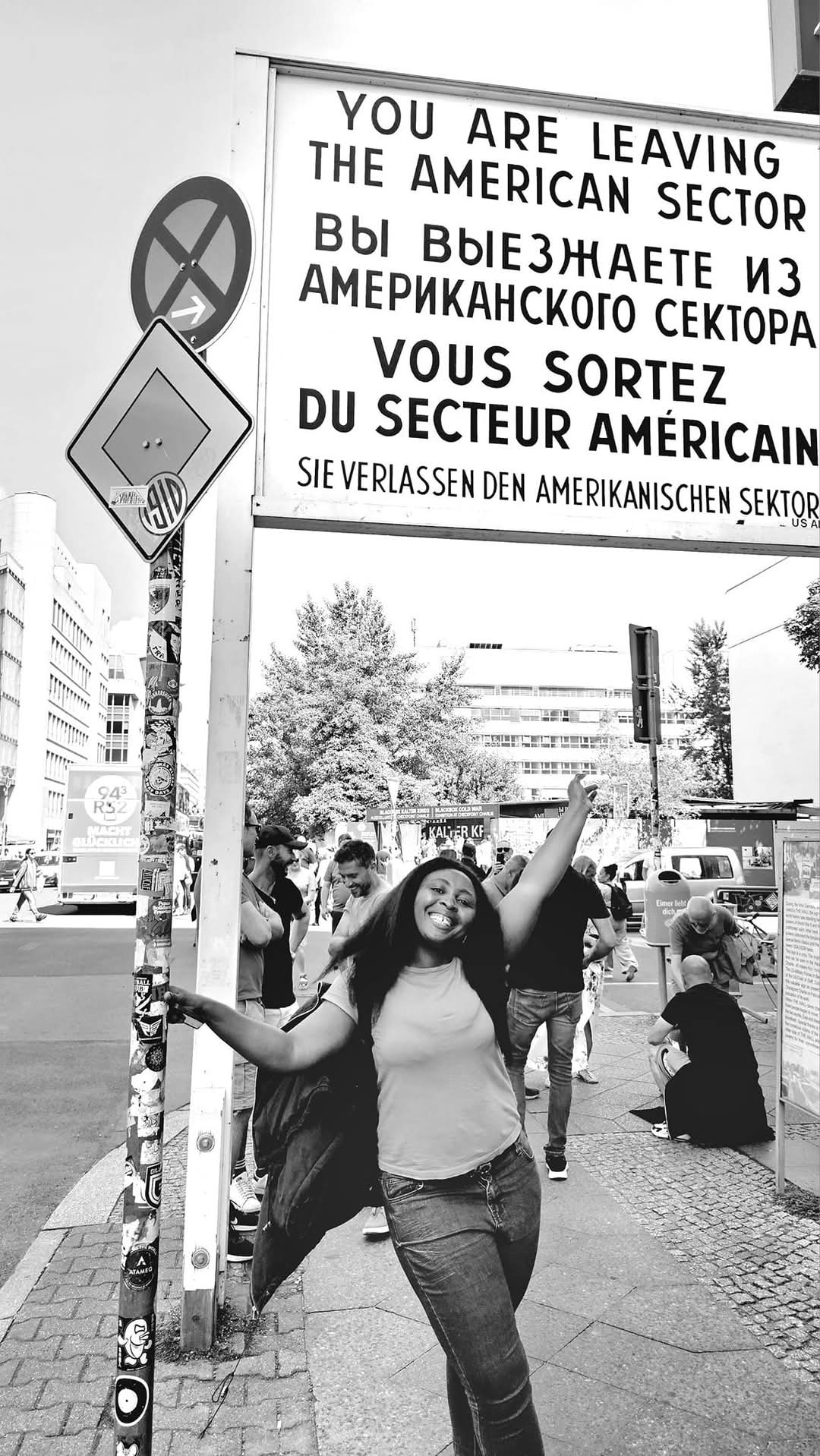
Now we are going to one of the popular landmarks in Germany, Checkpoint Charlie, the most famous border crossing between East and West Berlin for almost 30 years. During this time, East and West Berlin citizens were prohibited from crossing freely at Checkpoint Charlie.
One of the most tense moments during the Cold War occurred at this point in October 1961 when Soviet and American soldiers had a battle. This began when an American diplomat was stopped from crossing into East Berlin. The consequence was a standoff from both sides for almost 16 hours ready for battle with only a few meters apart. This standoff was stopped through negotiations between the then U.S. President John F. Kennedy and the former prime minister of the Soviet Union, Nikita Khrushchev. If not for interventions, there might have been a military conflict.
Anyway, Checkpoint Charlie lost its importance after the Berlin Wall fell in 1989. As Germany reunited, this checkpoint ceased operations.
Located close to the checkpoint, is the Mauer Museum (Checkpoint Charlie Museum) which explains the history of the Berlin Wall, the Cold War, and the escape attempts made by individuals who were trying to cross through Checkpoint Charlie.
Visiting Checkpoint Charlie is a reminder of the physical and ideological divide that existed in Berlin. This site is a reminder of the importance of diplomacy, freedom and unity.
East Side Gallery
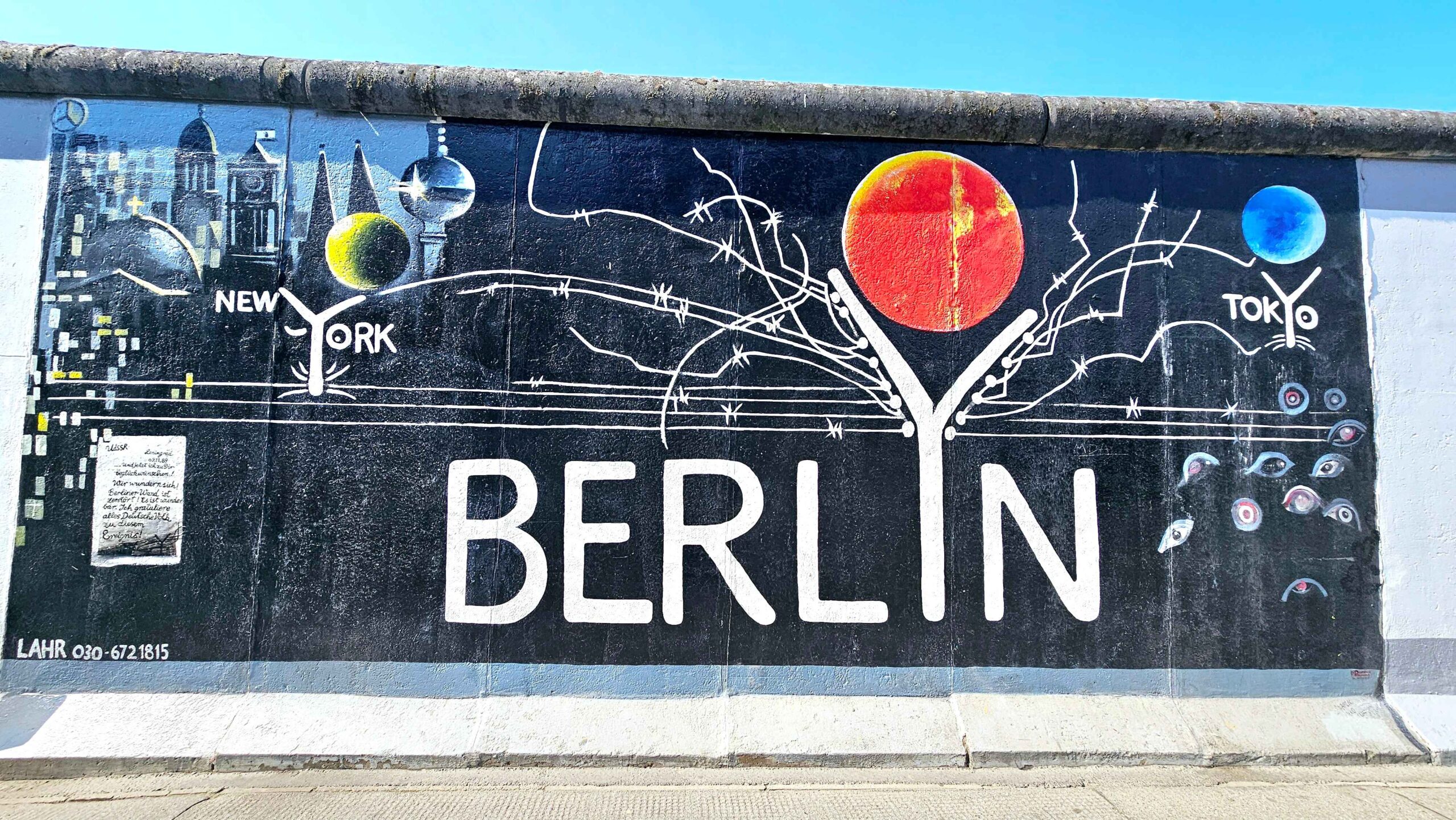
Moving on, you will be seeing the world’s longest open-air gallery in the world, the East Side Gallery, about a 1.3-kilometer stretch of the Berlin Wall. After the fall of the Wall in 1989, artists from all over the world came together to create over 100 paintings on this historic structure, symbolizing freedom, unity, and hope.
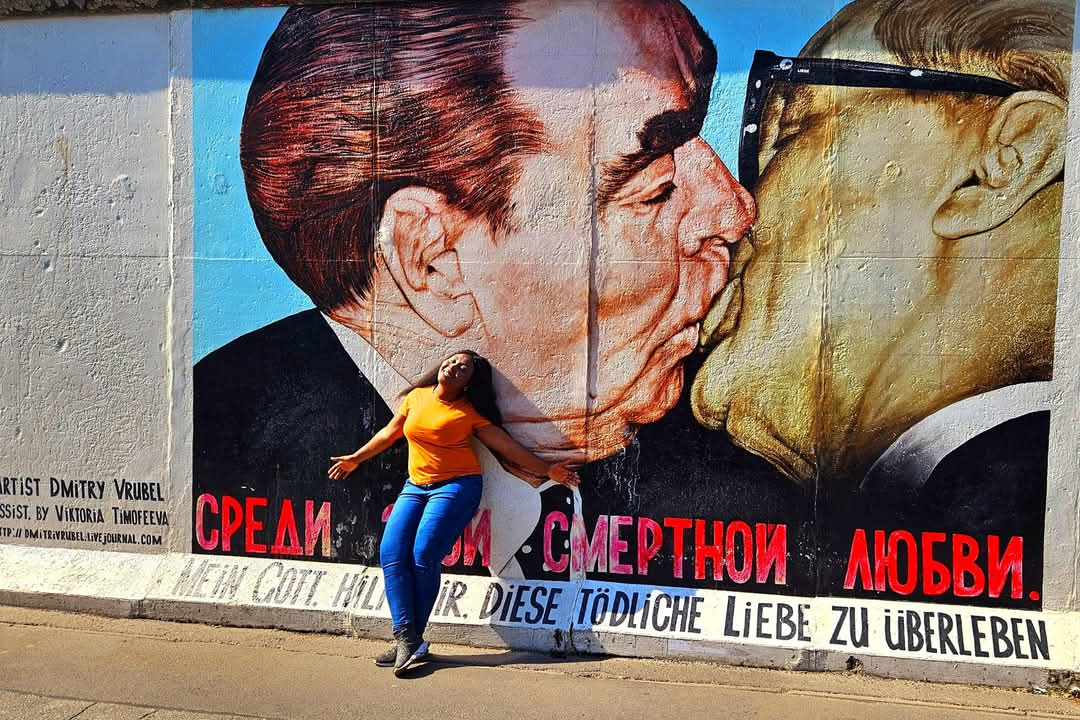
One artwork that particularly stands out is Mortal Kiss by Dimitri Vrubel. This iconic mural depicts a powerful moment: a kiss between Soviet leader Leonid Brezhnev and East German leader Erich
Honecker, inspired by an actual photograph from 1979. The "kiss of death," as it is often called, became a global symbol of Cold War politics and is one of the most photographed pieces at the gallery.
The East Side Gallery is not just an artistic spectacle; it is a living monument to Berlin’s divided past and its current unity.
Brandenburg Gate
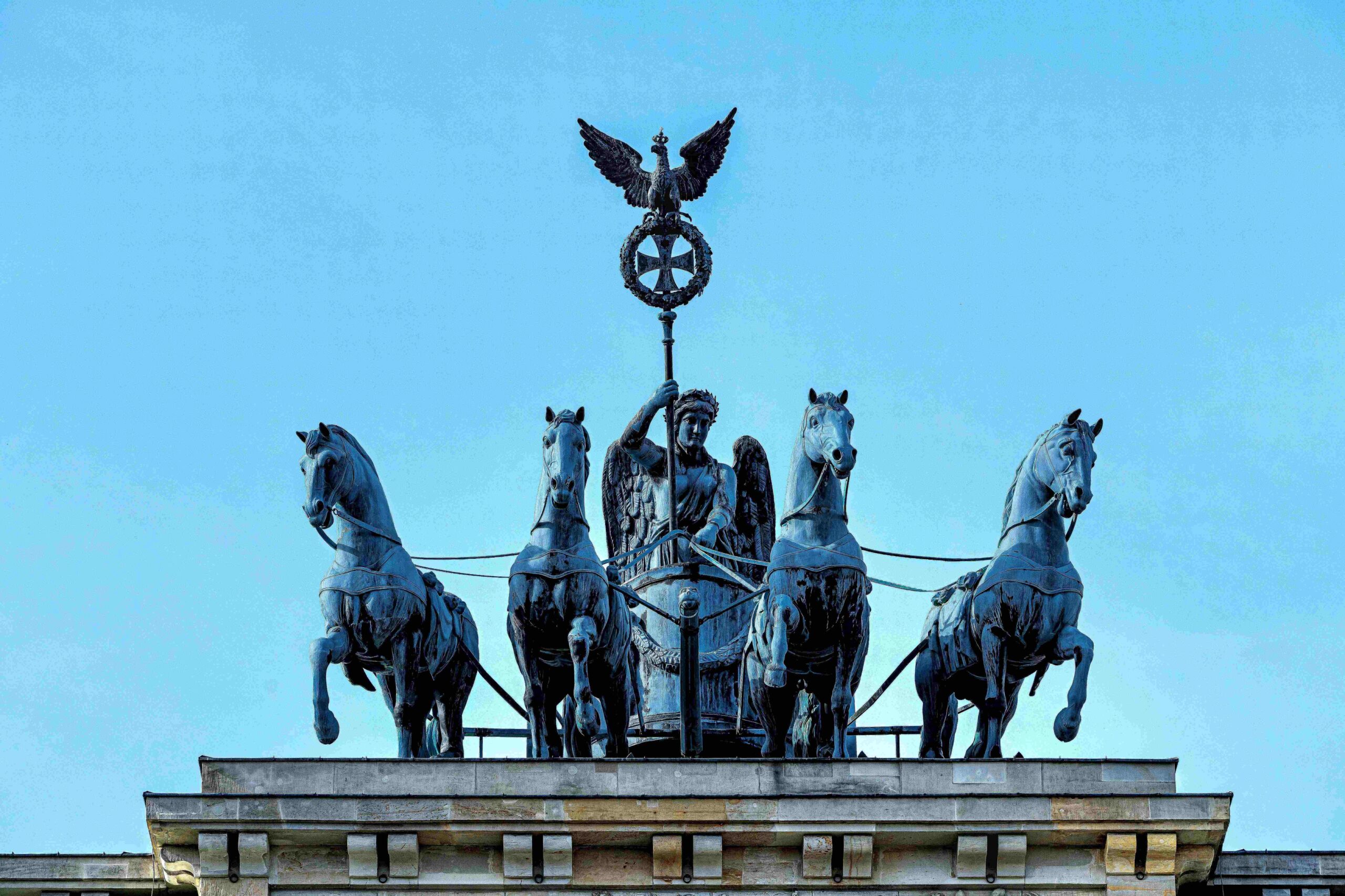
The Brandenburg Gate Next is one of Berlin’s most iconic symbols. During the Cold War, this gate stood on the border between East and West Berlin, a reminder of the city’s division.
Take a moment to view the Quadriga statue at the top of the gate — a goddess on a chariot pulling four horses. The goddess is holding a Prussian Iron Cross and an eagle which symbolizes strength and power. This neoclassical masterpiece has stood as a silent witness to some of the most pivotal events in world history. But in 1989, as the Berlin Wall fell, the Brandenburg Gate became a global symbol of peace, unity, and the end of division in Germany.
Jewish Museum
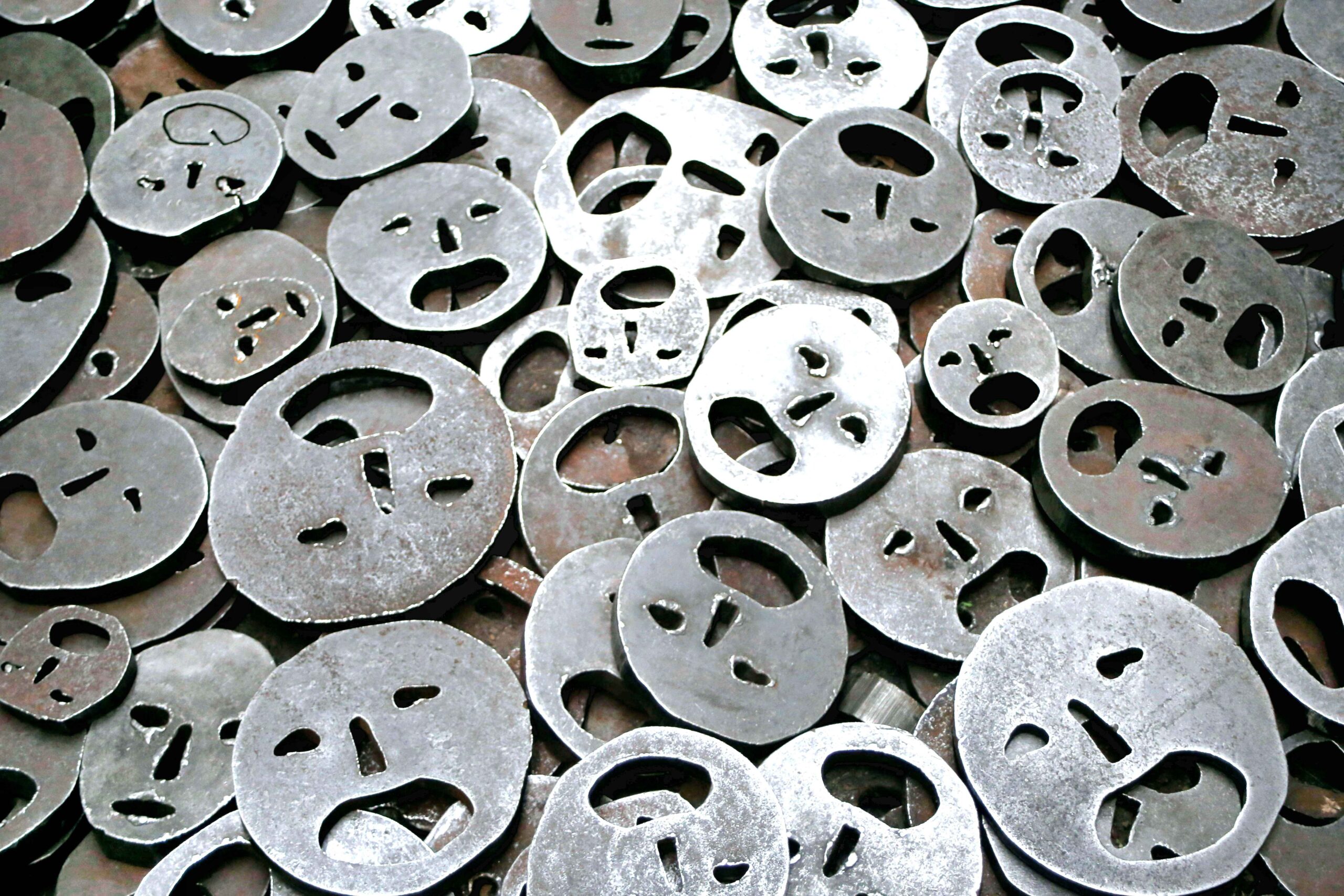
The Jewish museum focuses on Jewish history in Germany. There are exhibitions about the Holocaust. One of which is the Shalekhet Fallen Leaves located in the Memory Void. The installation invites visitors to walk on the over 10,000 iron faces scattered across the floor. It is a reminder of the loss and absence left by the Holocaust, particularly the absence of Jewish life in Germany due to the atrocities of the Nazi era.
Each piece is shaped like a human face with an open mouth. These faces appear to be silently screaming, symbolizing the millions of victims of war and violence. Each face represents a life lost, a voice silenced.
Reichstag Building
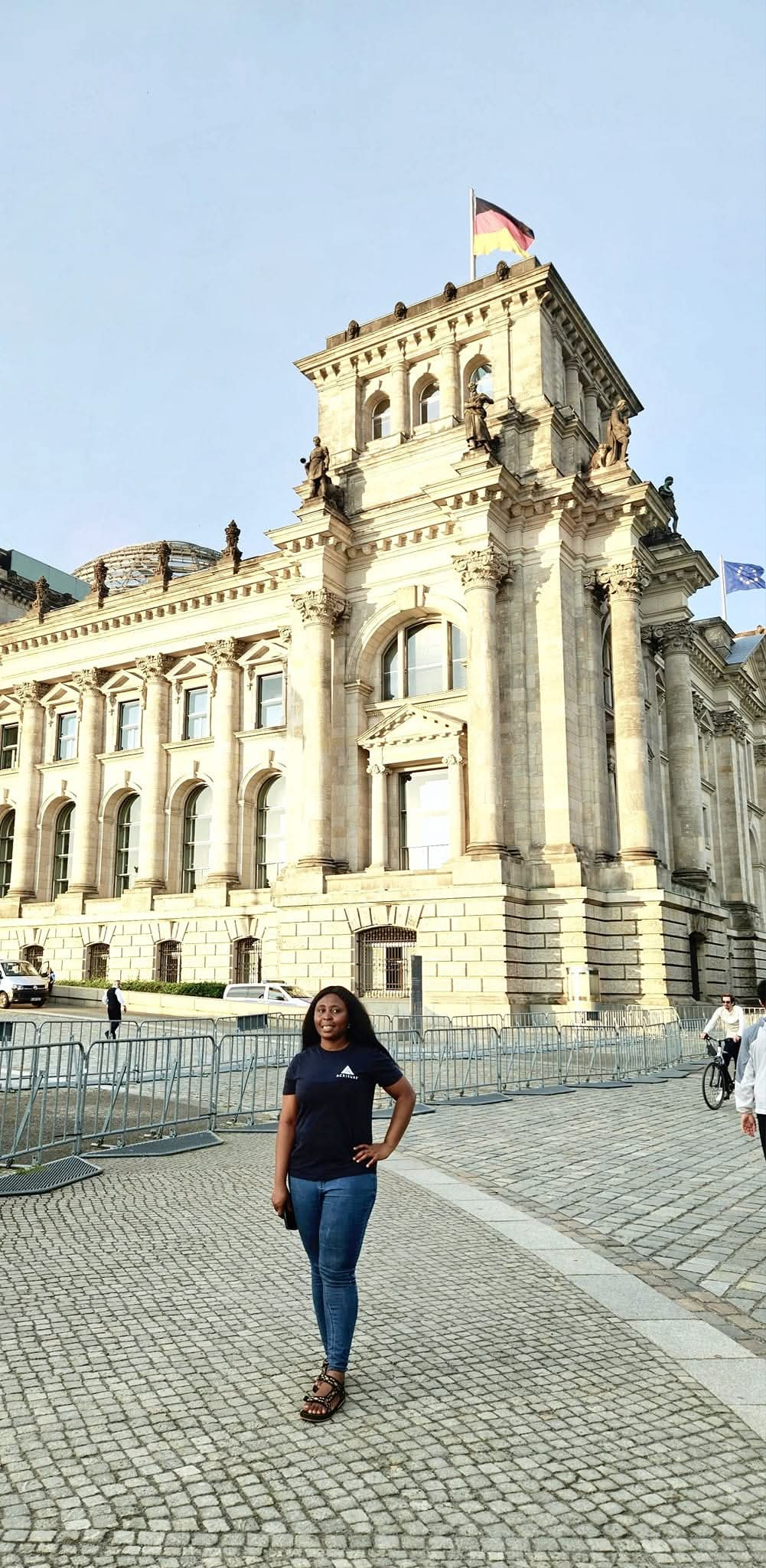
The Reichstag Building is a symbol of Germany’s turbulent political history and its democratic rebirth. This building was constructed in 1894 and was set on fire in 1933, an event that marked the rise of Nazi Germany.
After the wars when Germany united, the Reichstag building was restored and given a modern touch with its stunning glass dome. This dome is architecturally beautiful. From its rooftop terrace, you can see some of Berlin’s most famous landmarks. It is worth adding to your itinerary when in Berlin.
The Memorial to the Murdered Jews of Europe is also known as the Holocaust Memorial and is a tribute to the Jews who lost their lives during the holocaust. The design is a stone slab of varying height. Walking through the memorial reminded me of the Holocaust’s horrors. This place is a call to remember the consequences of prejudice.
Topographie des Terrors 📜
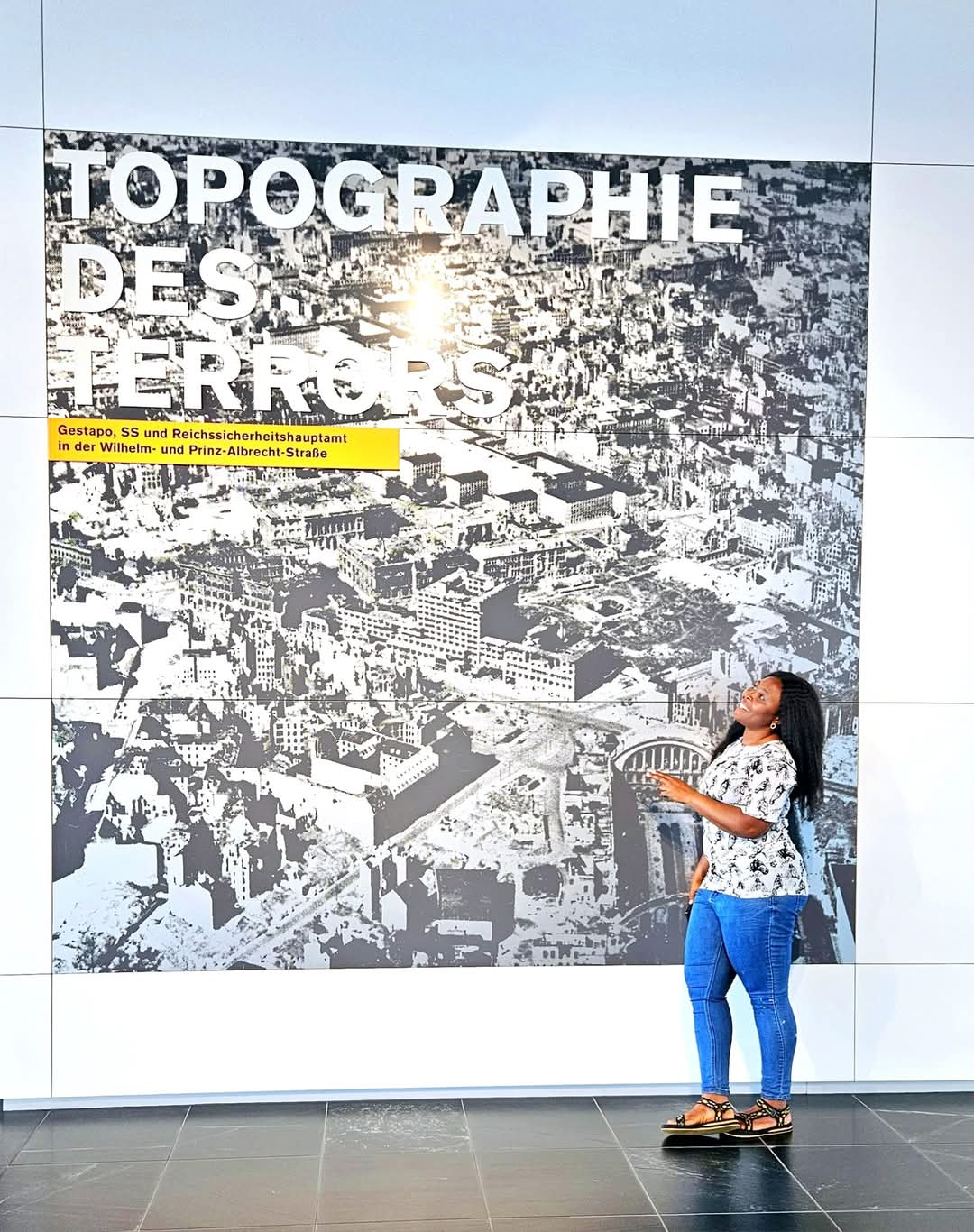

Very good
Thank you for reading
Good
Thank you for reading
Awesome
Thank you for reading
Good
Thank you for reading
Very good
Thank you for reading
Good
Thank you for reading
Good
Thank you for reading
Good
Thank you for reading